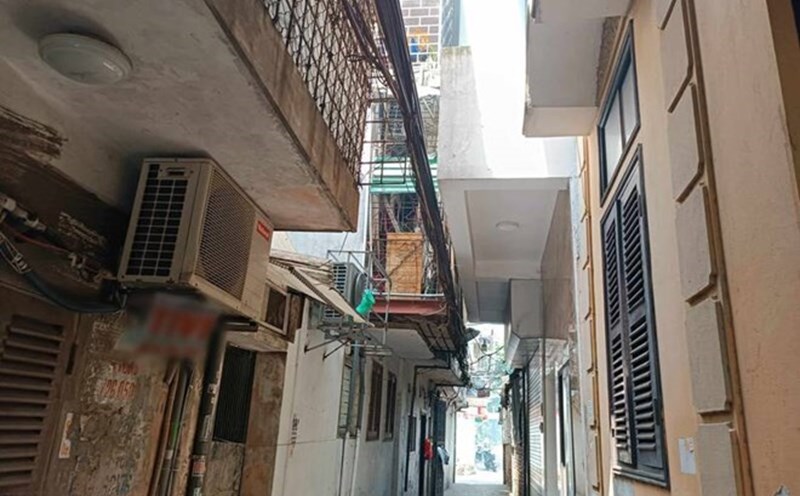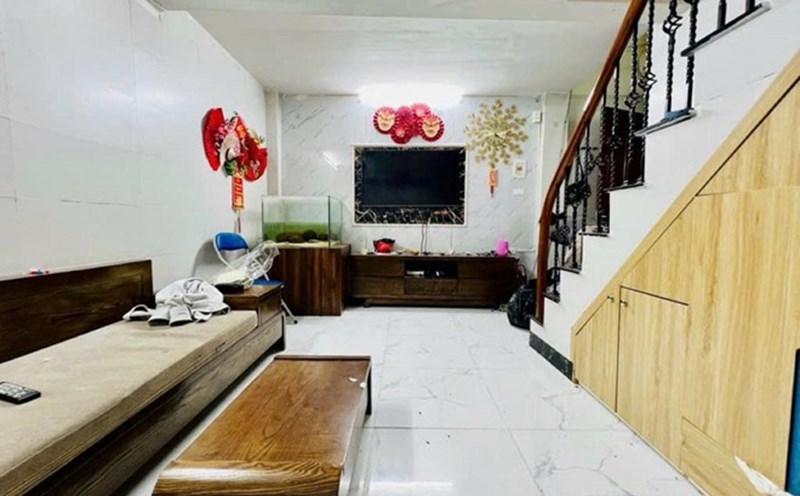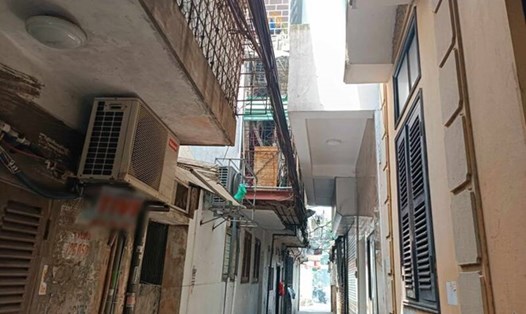While the real estate market is still facing many difficulties due to declining liquidity and the overall market situation is still quite quiet, some investors have recorded great success from the small alley housing segment in Hanoi. This is an investment channel that is less noticed than apartments and land but brings in no small profit, especially when the real value of this type of real estate is still increasing steadily over time.
Mr. Nguyen Van Hung, an investor in Cau Giay District (Hanoi), has just sold a small alley house in My Dinh for more than 6 billion VND in November 2024. 6 years ago, he bought this house for more than 3 billion VND, with an area of 40 square meters, for the sole purpose of renting. With a stable rental price of 8 million VND/month during the entire ownership period, Mr. Hung not only recovered most of his investment but also doubled his profit after reselling.
Mr. Hung shared: "I thought the house in the small alley was only of moderate value, but unexpectedly after a few years, the price increased so much. This is the most profitable investment I have ever made."
Similarly, Mr. Pham Quang Hung, a veteran investor, also “won big” by investing in this segment. Mr. Hung said that in 2022, he bought a house in a small alley in Ha Dong district for 2.5 billion VND. At the end of 2024, real estate prices in this area increased sharply, the house he bought increased in price to more than 3.5 billion VND. Mr. Hung sold the house after 2 years of ownership, earning a profit of more than 1 billion VND.
According to a survey, the average price of houses in small alleys in Hanoi's inner-city districts such as Cau Giay, Dong Da, Tay Ho by the end of 2024 will be around VND80-130 million/m2, an average increase of about 20-30% compared to 2022. Suburban areas such as Hoang Mai, Long Bien, Gia Lam also recorded an average increase of 15-20% depending on location and level of infrastructure development. Houses located in wide alleys, accessible by cars, are often much more expensive and easier to liquidate.
Ms. Mai Huong, a long-time real estate broker in Hanoi, commented that houses in small alleys always have their own appeal because they meet both real estate and investment needs. "Hanoi people always prefer real estate, especially those with moderate values. This segment is less affected by market fluctuations, so despite economic difficulties, the demand for buying and selling remains stable," Ms. Huong said.
However, investing in houses in alleys is not without risks. Mr. Tran Quang Minh, another investor, shared his painful experience when he bought a house in a planning area in Thanh Xuan district. Although the price was 20% cheaper than the market price, it took him nearly a year to resolve legal issues and still could not resell it at the expected price.
Real estate experts recommend that investors should prioritize houses with clear legal status, located in developing areas or with synchronous infrastructure. Areas such as Gia Lam, Dong Anh, Hoai Duc - which are benefiting from urban expansion projects - are assessed to have high potential for price increases in the coming years.
In the context of the challenging real estate market, houses in small alleys are still a safe and effective choice for investors with not too much capital and expecting sustainable profits. The fact that real estate values have increased steadily over the years, despite the decline in many other segments, has proven the strong attraction of this type.
Analyzing the reasons for the high price of houses in alleys, Mr. Nguyen Van Dinh - Chairman of the Vietnam Real Estate Brokers Association - said that the reason is partly due to the high price of the apartment market, which has prompted a group of home buyers to change direction. The demand for investment in this segment has also increased again thanks to complete legal procedures, reasonable selling prices, and high rental yields in the context of abundant rental demand.










